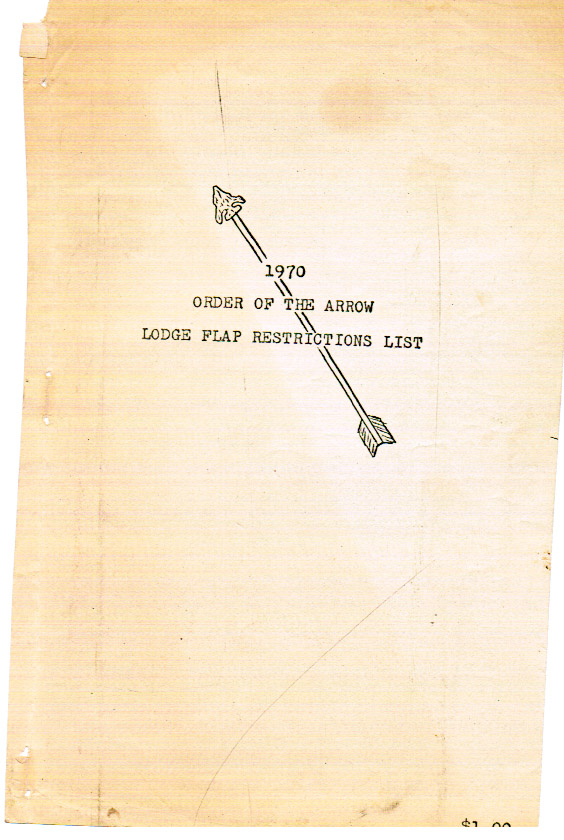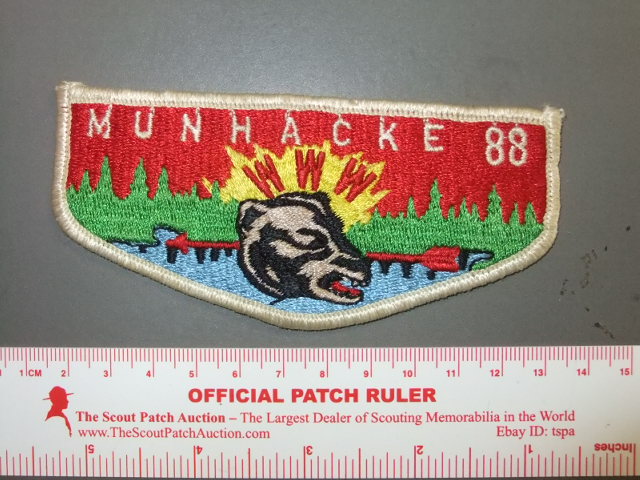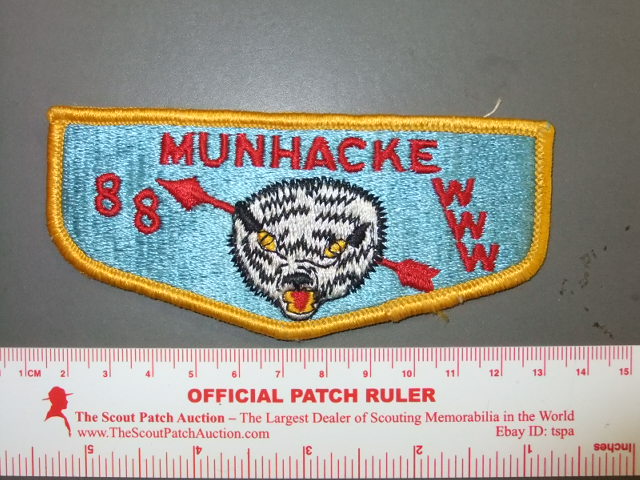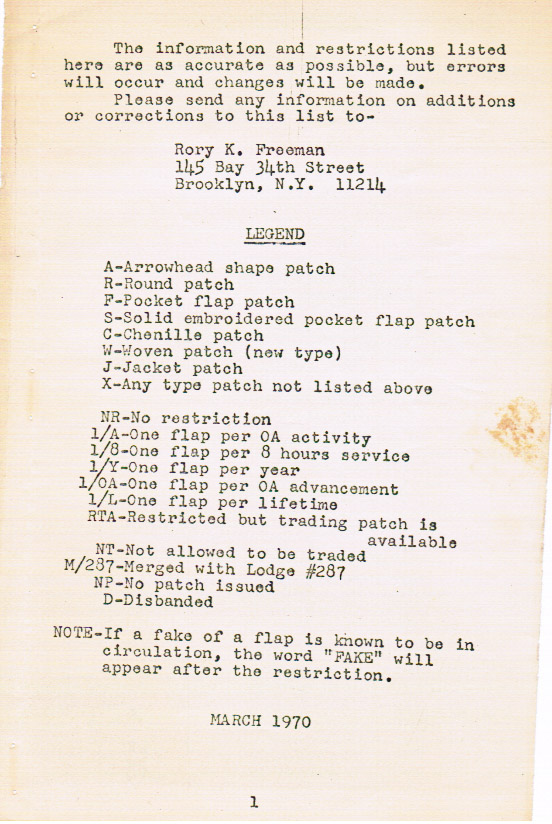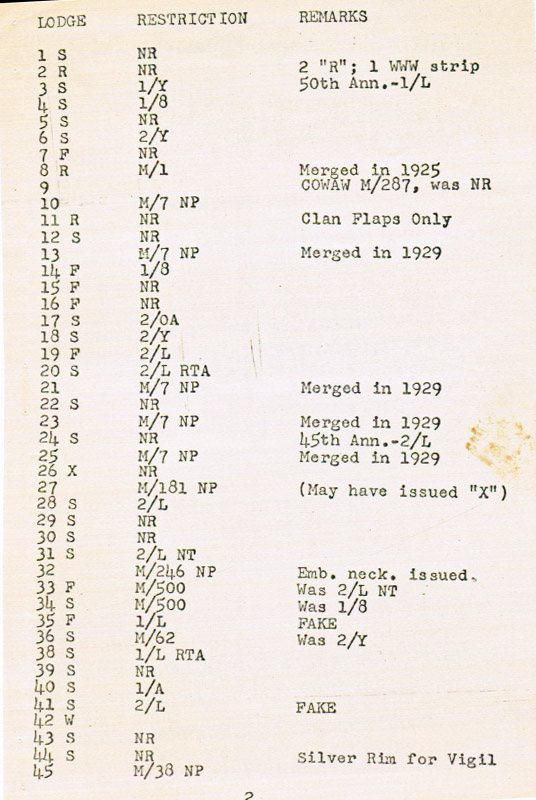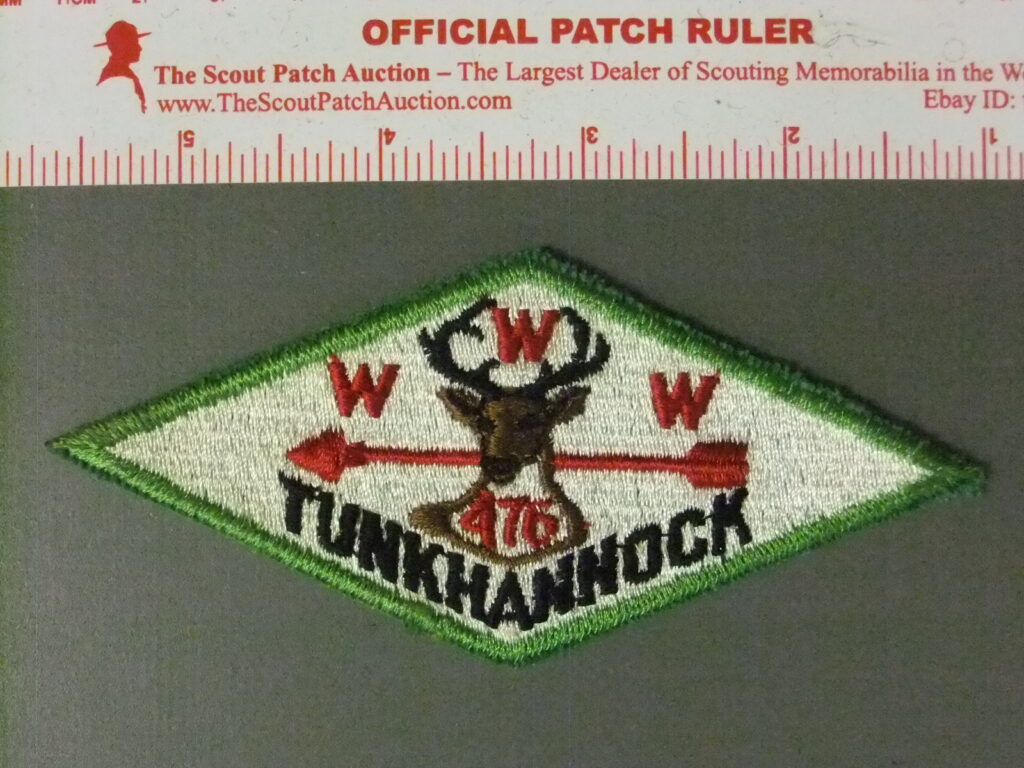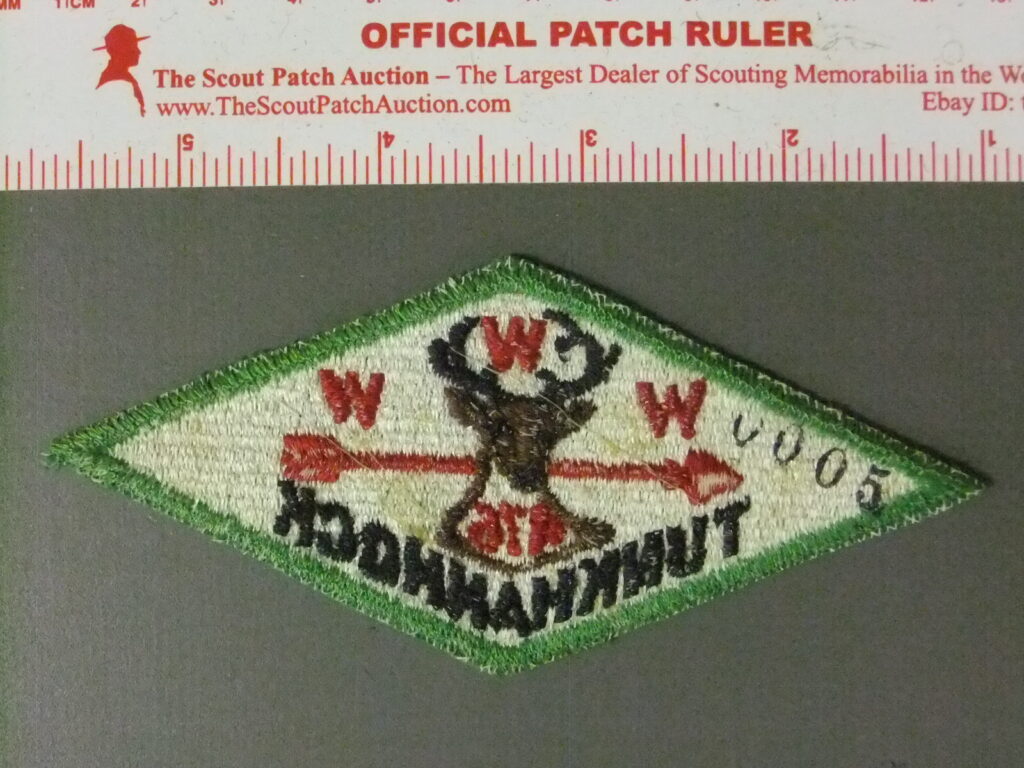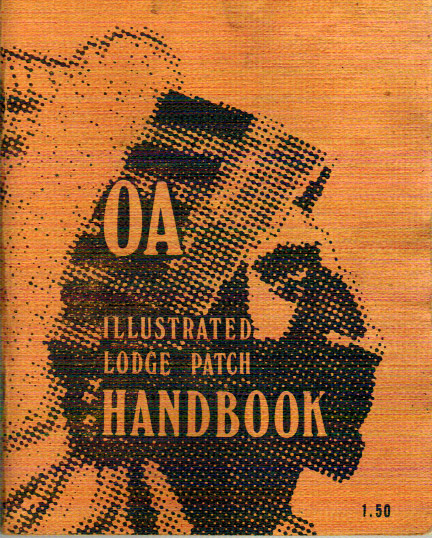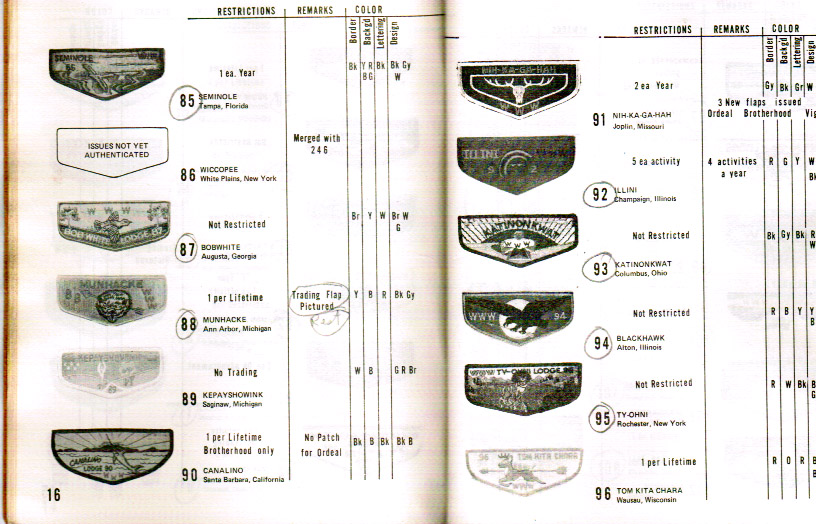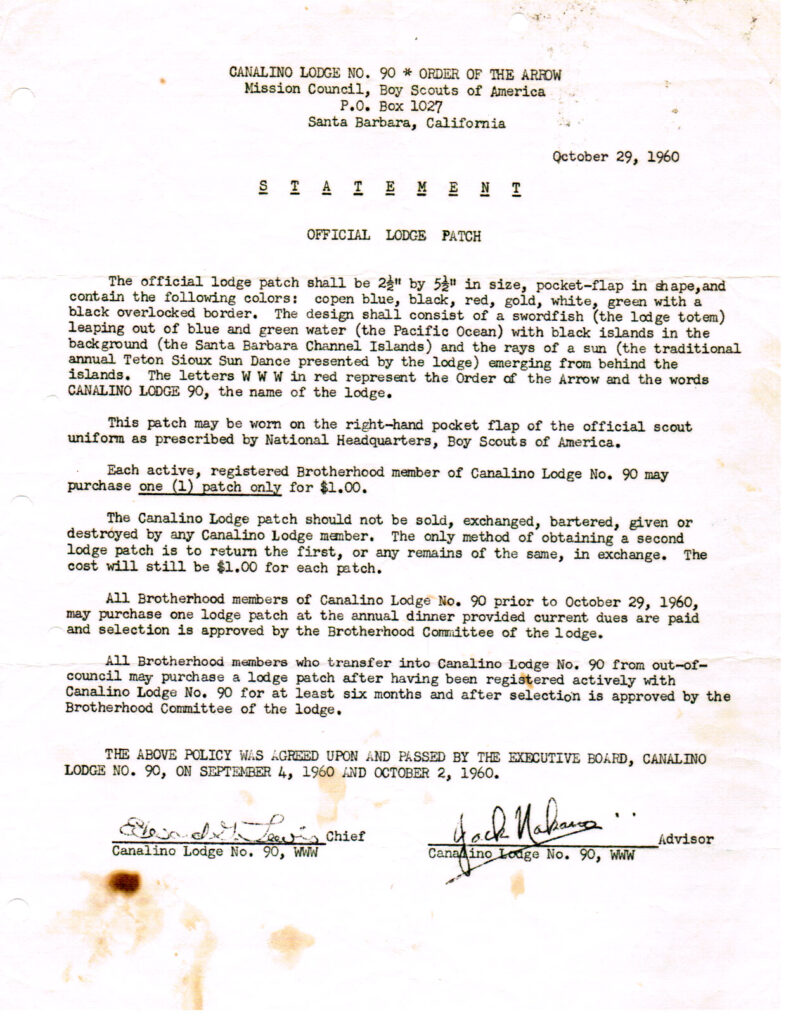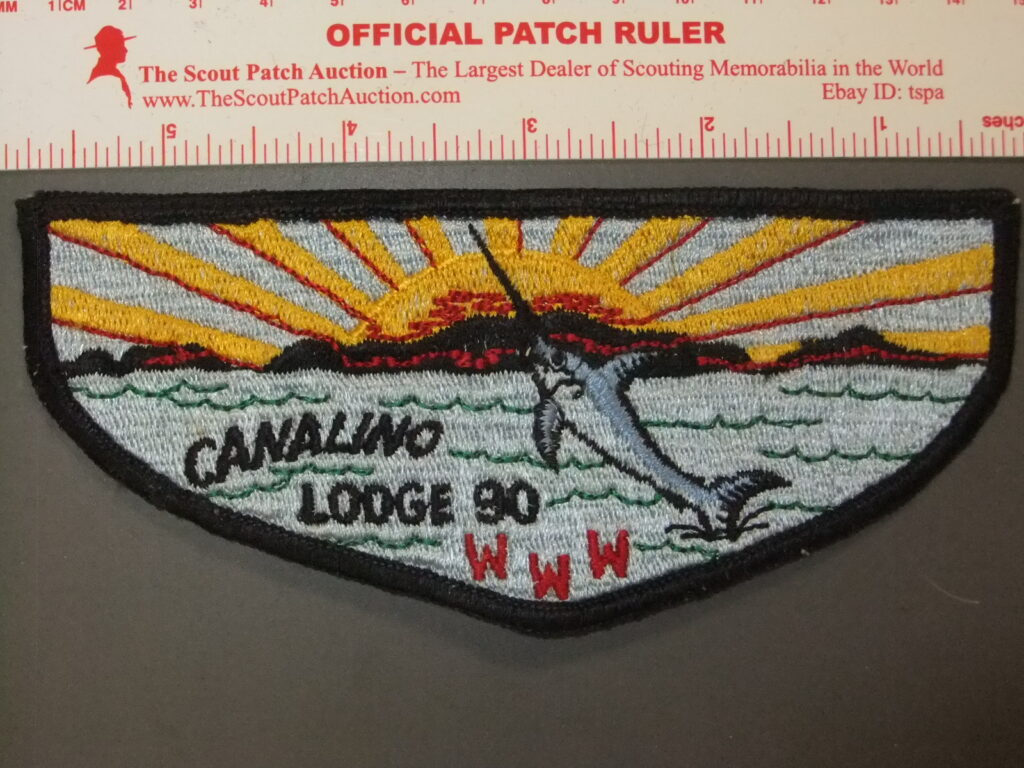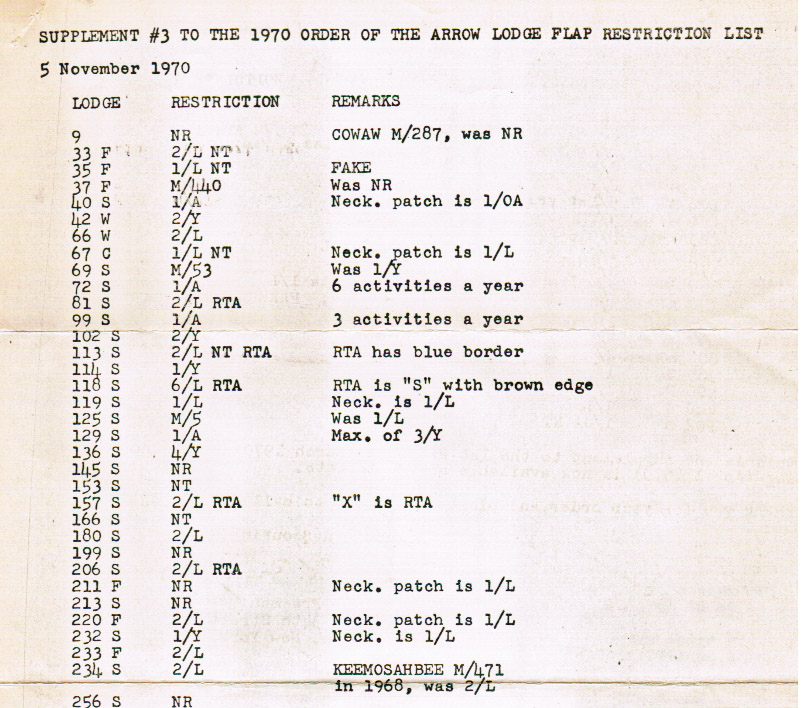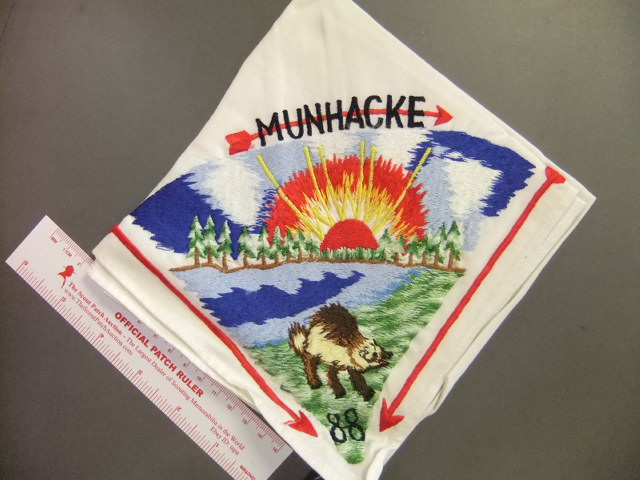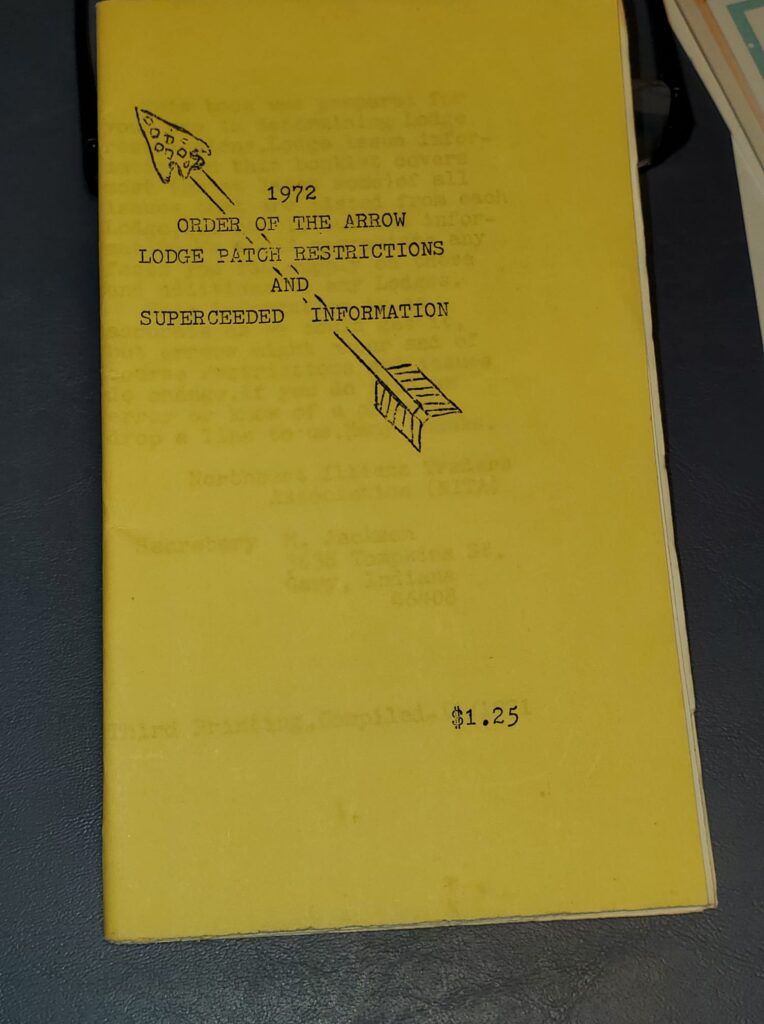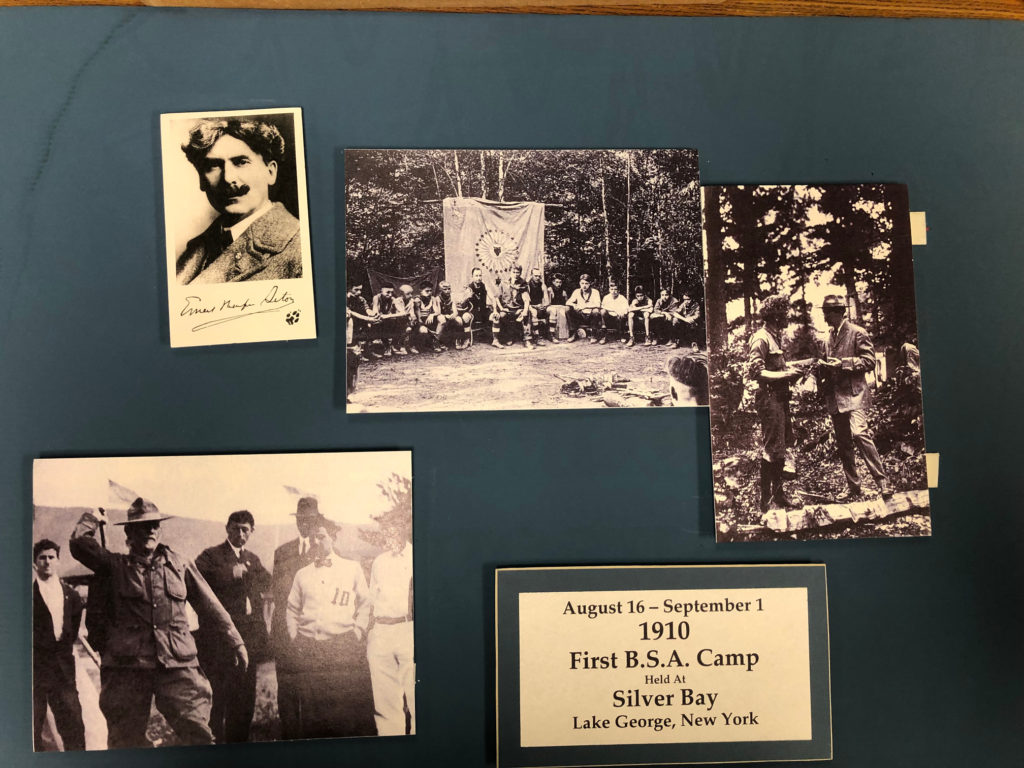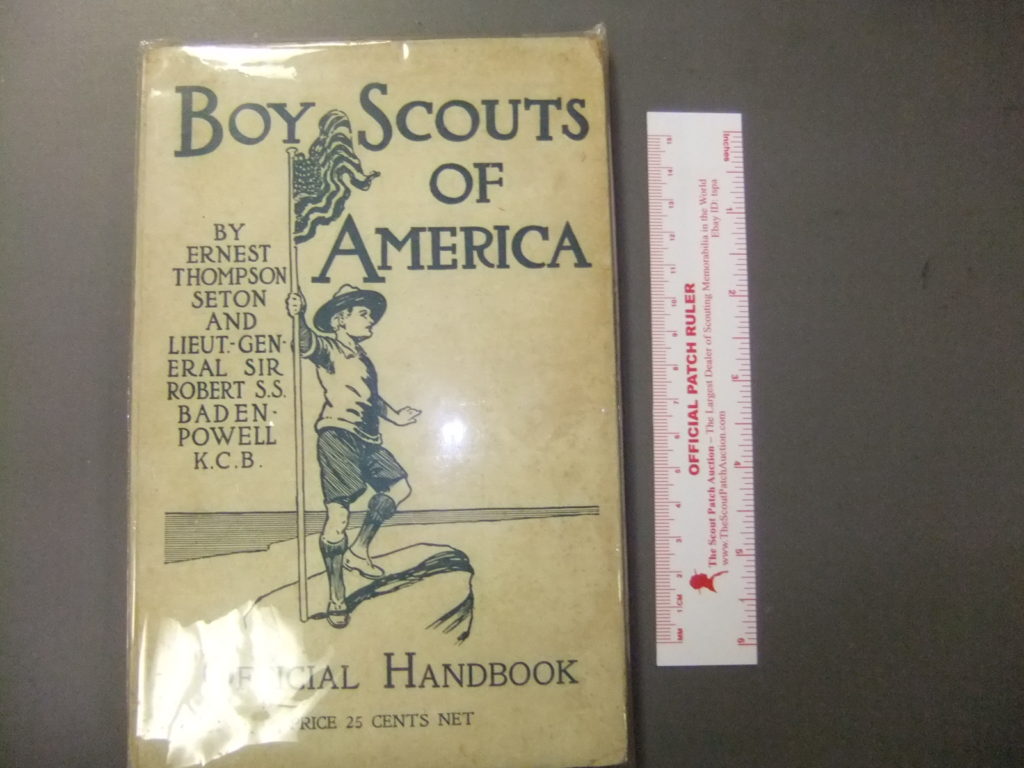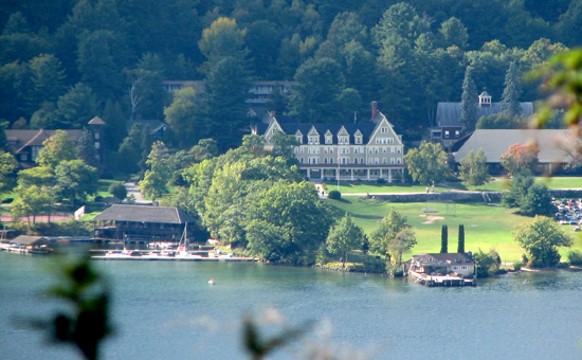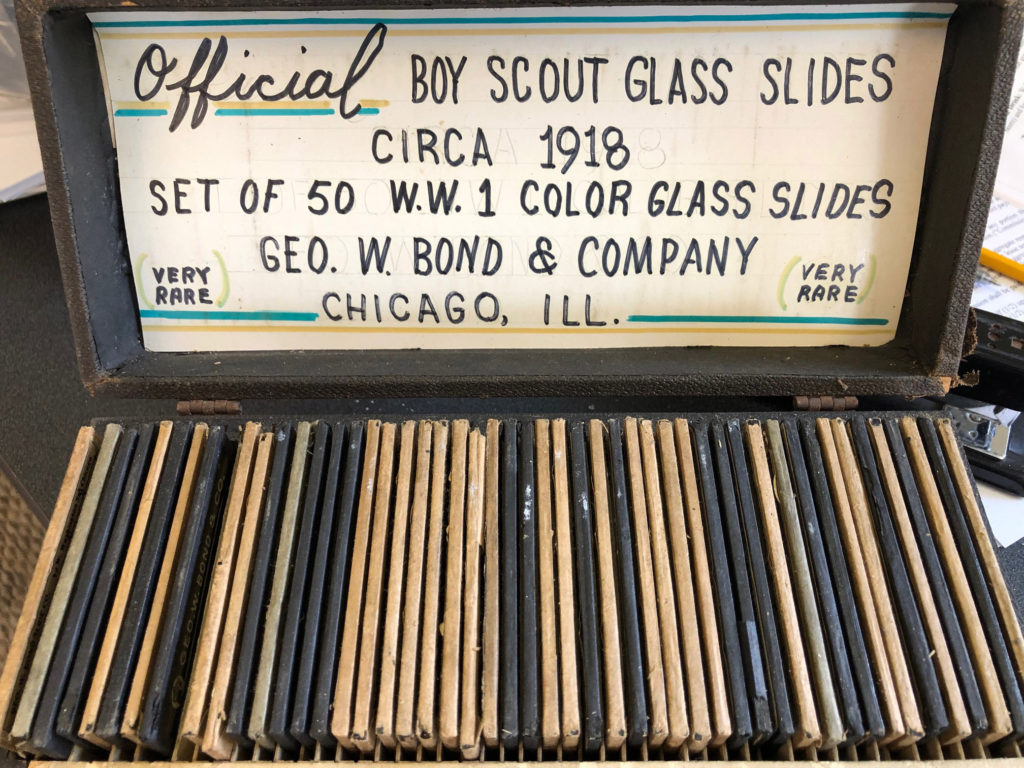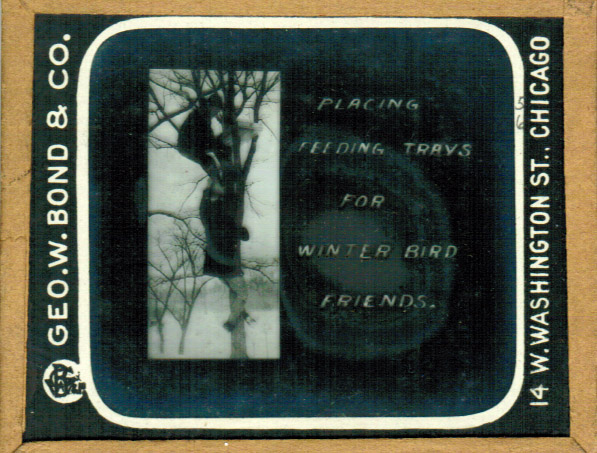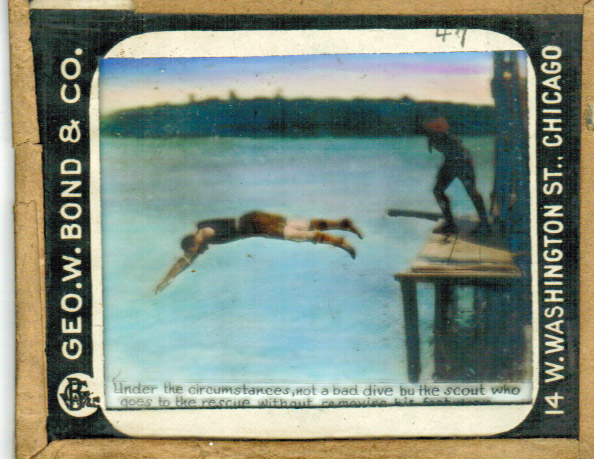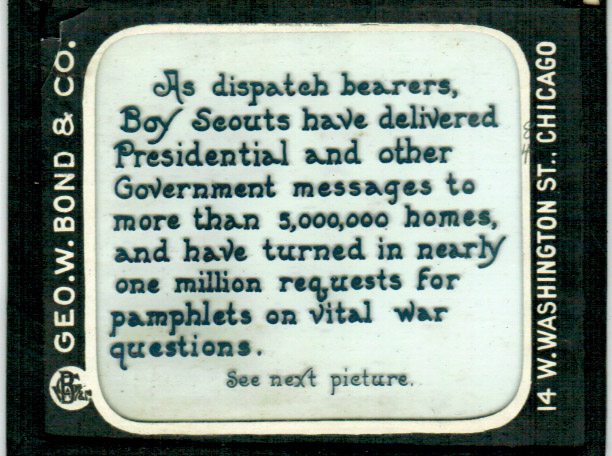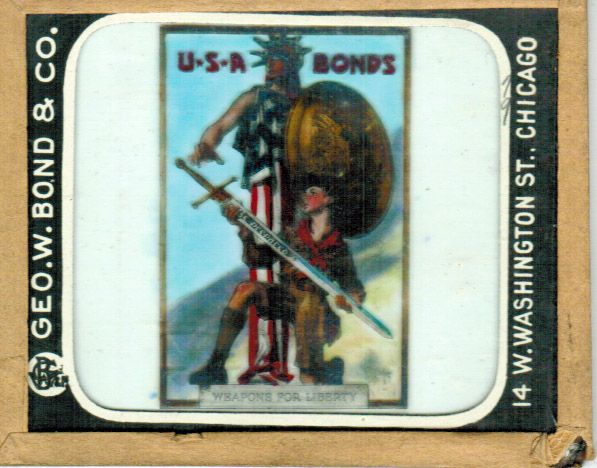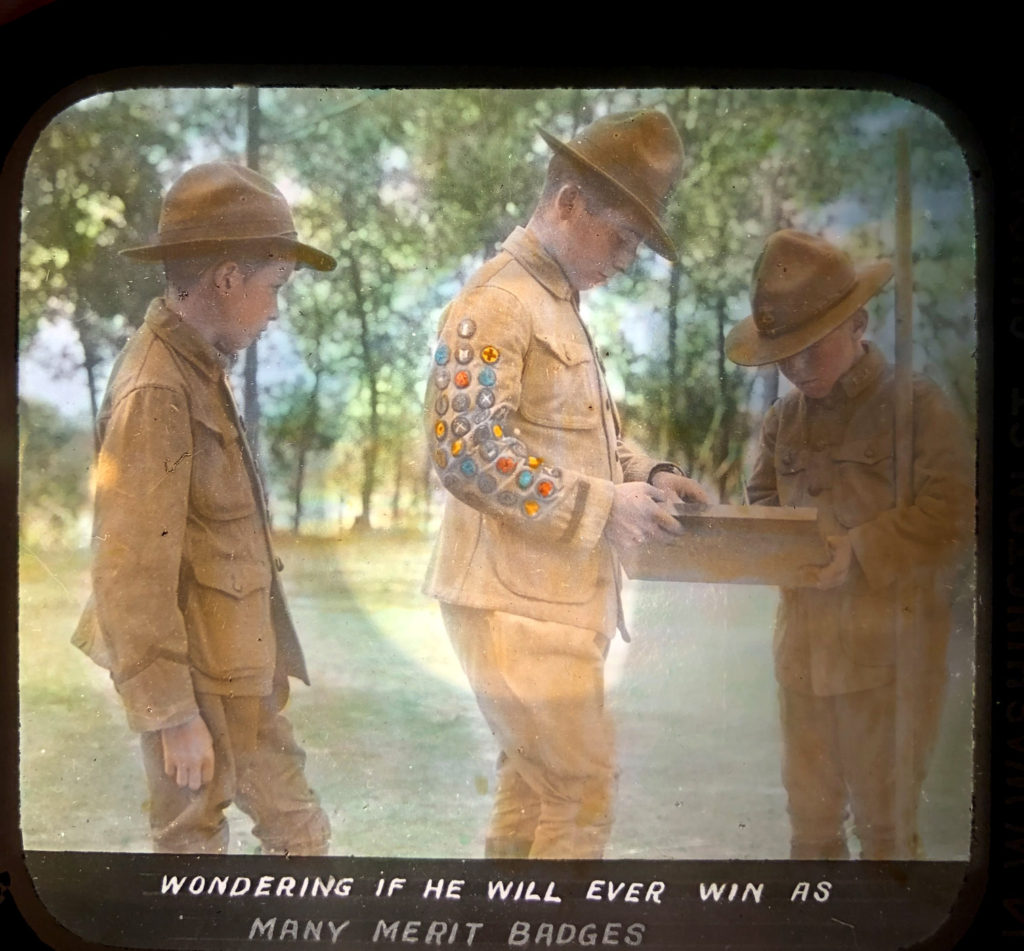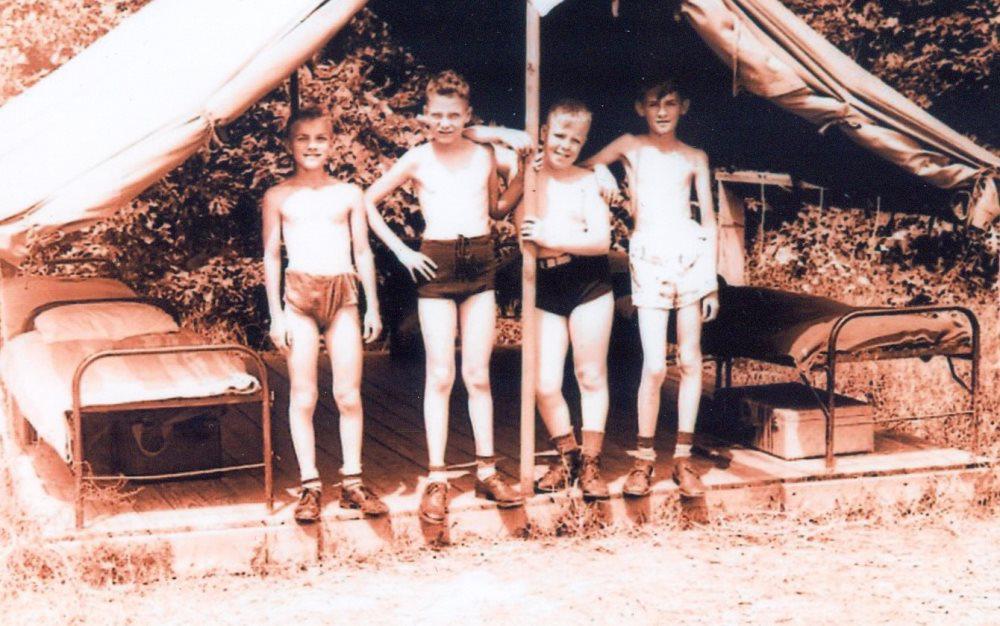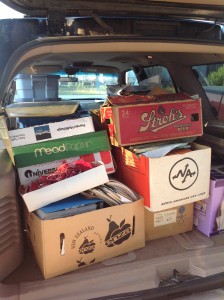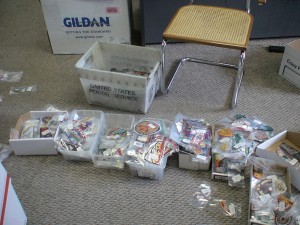Novak Patch Co. Scout patches
Collector Warren Kuhfeld shared this history on one of the FB patch collecting groups. I thought it both worth sharing and saving for posterity (i.e. FB is a river and things flow through it and disappear.)
From Warren:
Experienced collectors can identify the manufacturer of some flaps just by noting their shape. Obvious examples include Geer, Moritz, Lion Brothers, and Welsh Industries. There is another shape that you might find interesting, the Novak shape. JF Novak was a friend of my father’s. Mr. Novak operated a store in Cleveland, Ohio, established in 1932, selling police and Christian supplies in the front and manufacturing patches in the back. I believe his primary patch business was law enforcement patches, but he made some Scout patches and many other types of patches. In 1973, one of my father’s other friends, a fascinating man and eclectic collector, learned about my collecting interests and told me about Mr. Novak’s business. At that point, I was an 18-year-old new collector. He took me to visit Mr. Novak. During several visits, I bought overruns of 487F2s, 487X2s, 350A1s, and 75A1s (WAB). These were an incredible help in developing my new OA collection. I also picked up quite a few Camp Tepicon and Sauk Trails patches. The 487Fs, both F1 and F2, have a distinctive shape with straight sides. The highly coveted FF event flap from 189 has the same shape and style of embroidery. Lodge 189 is from Sauk Trails Council and Camp Tepicon. It seems certain that Mr. Novak not only made the 487F1 FF but he also made the 189 event flaps. I was not aware of the existence of the 189 flaps back in 1973, but I certainly knew to look for anything flap shaped. I never saw any other OA issues there. Over the years, the Fire Marshall would show up now and then and make him get rid of boxes and boxes of overruns. It is likely that some 189 event flaps ended up in a dump in Cleveland long before I ever visited. Surprisingly, I don’t think Mr. Novak made any patches for Cleveland’s Cuyahoga Lodge, although I have seen several council event patches that I believe are his.I picked up one other thing during my first visit, a couple reproductions of the 1957 jamboree backpatch. Mr. Novak said a Scouter had one that was damaged in a fire. He believed he would never be able to replace it, so he asked Mr. Novak to make him another one. We all know that 1957 backpatches are not difficult to find, but a Scouter in 1973 in the era before eBay and the internet might not have known that. I don’t know if that Scouter’s story is true or not, but I do know that Mr. Novak gave me a couple of the backpatches. I am beyond embarrassed to admit that I traded them without divulging the source, at that point in my life not fully grasping the immorality of that act. The patches can be distinguished by a bright pink face. I did not keep any, nor did I take pictures.
From Warren Kuhfeld 06/29/22
Here are some examples of patches attributed to this company.





